I would like to calculate how good the fit of my cluster analysis solution for the actual distance scores is. To do that, I need to extract the distance between the stimuli I am clustering. I know that when looking at the dendrogram I can extract the distance, for example between 5 and -14 is .219 (the height of where they are connected), but is there an automatic way of extracting the distances from the information in the hclust object?
List of 7
$ merge : int [1:14, 1:2] -5 -1 -6 -4 -10 -2 1 -9 -12 -3 ...
$ height : num [1:14] 0.219 0.228 0.245 0.266 0.31 ...
$ order : int [1:15] 3 11 5 14 4 1 8 12 10 15 ...
$ labels : chr [1:15] "1" "2" "3" "4" ...
$ method : chr "ward.D"
$ call : language hclust(d = as.dist(full_naive_eucAll, diag = F, upper = F), method = "ward.D")
$ dist.method: NULL
- attr(*, "class")= chr "hclust"
